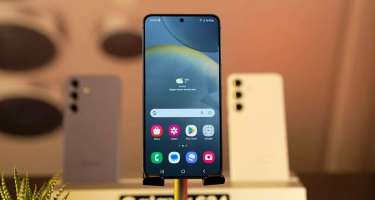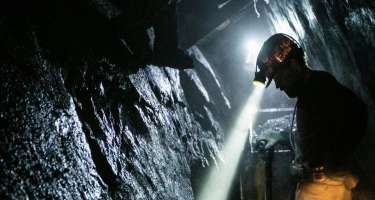Hewlett Packard Lab researchers have put together a test optical chip that implements an Ising Machine according to an article in IEEE Spectrum this week. Ising Machines are based on a century-old idea for using magnetic spin for computer processing. A variety of technical and scaling problems have hampered development of Ising Machines so far. The work by HP Labs (now part of Hewlett Packard Enterprise) uses optical components and may help overcome past obstacles.
Silicon integrated circuits containing parts that can manipulate light are not new. But this chip, which integrates 1,052 optical components, is the biggest and most complex in which all the photonic components work together to perform a computation, says team member Dave Kielpinski, a senior research scientist at Hewlett Packard Labs (now a part of Hewlett Packard Enterprise, or HPE). “We believe that it is by a wide margin,” he says.
The chip, which was developed through the U.S. Defense Advanced Research Projects Agency’s Mesodynamic Architectures program and was still undergoing testing as IEEE Spectrum went to press, is an implementation of an Ising machine—an approach to computation that could potentially solve some problems, such as the infamous “traveling salesman problem,” faster than conventional computers can.
The Ising approach is based on a century-old model for how the magnetic fields of atoms interact to give rise to magnetism. The model envisions every atom as having a property called “spin” that prefers to point either up or down. In a ferromagnetic material, above a certain temperature, these spins are oriented randomly and are flipped repeatedly by heat. But when the temperature falls below a certain threshold, the interactions between the atoms dominate, and most of the spins settle down to point in the same direction.
Turning Ising Machines into practical realities has proven difficult. Acoustic noise, for example, can disrupt optical processing circuits used and require complicated feedback mechanisms to make adjustments. The HPE chip does not require such feedback. More detail is spelled out in the IEEE article.




































